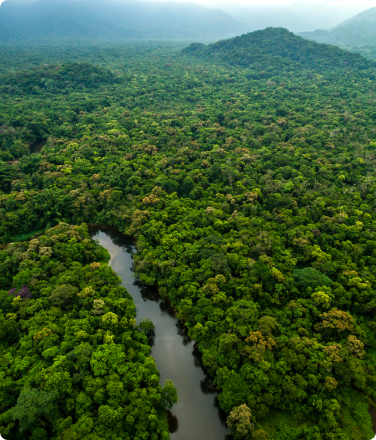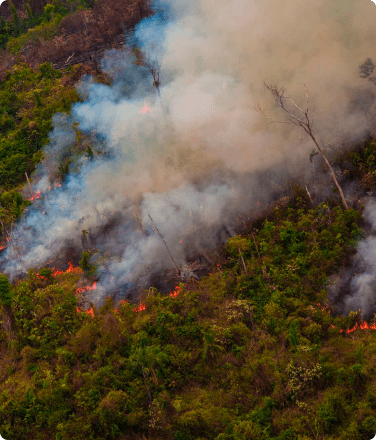Stepping Into the Gap: Lessons from the Darien in the Face of COVID-19 and Indigenous Peoples’ Response
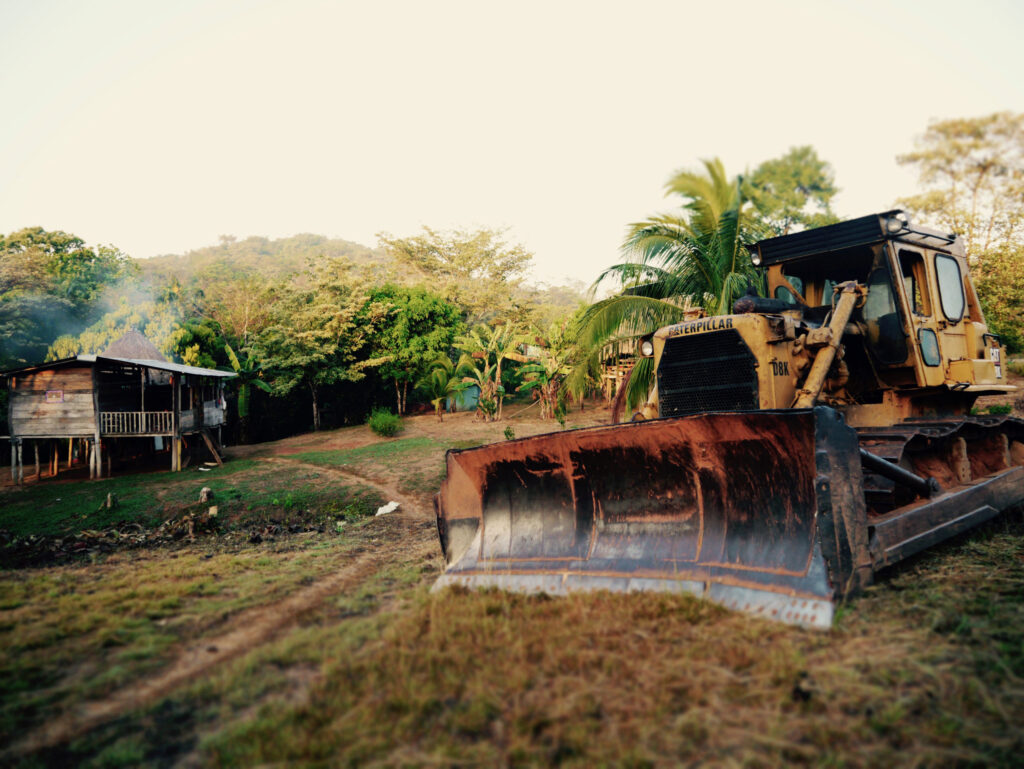
A look at how viruses have shaped the Darien Gap and its indigenous inhabitants.
A Call to Protect Rainforest Peoples From COVID-19

A joint statement by Rainforest Foundation US, UK, and Norway in support of indigenous communities facing COVID-19.
In the News: How Crypto Will Change the Face of Charity

Rainforest Foundation US’s Suzanne Pelletier and other charity heads discuss the future of cryptocurrency.
Video: Rainforest Foundation US 2019 Year In Review
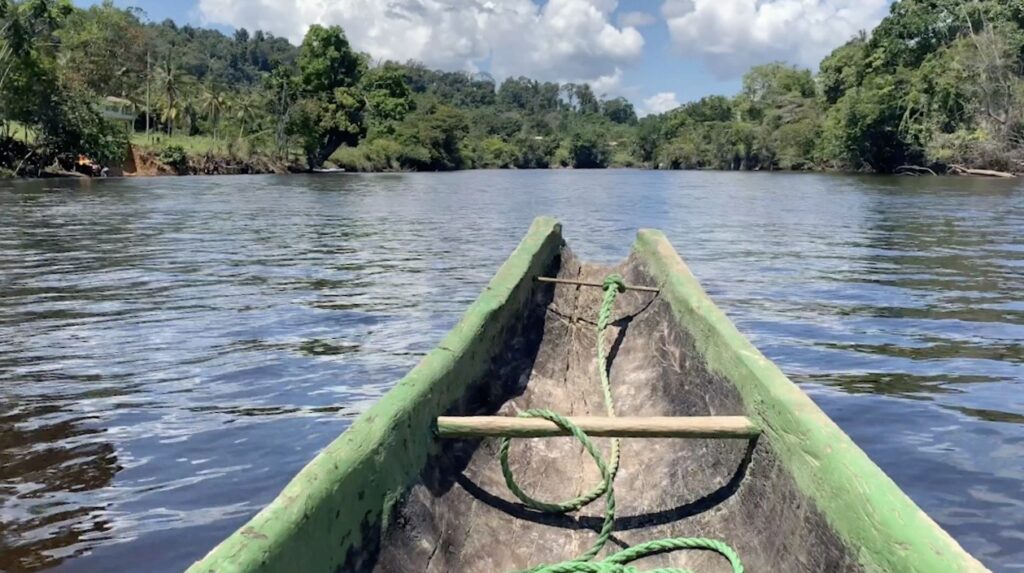
Rainforest Foundation US Senior Geographer, Cameron Ellis, shares an overview of the major victories of Rainforest Foundation US in 2019.
Indigenous Peoples of Panama Celebrate Major Land Rights Win
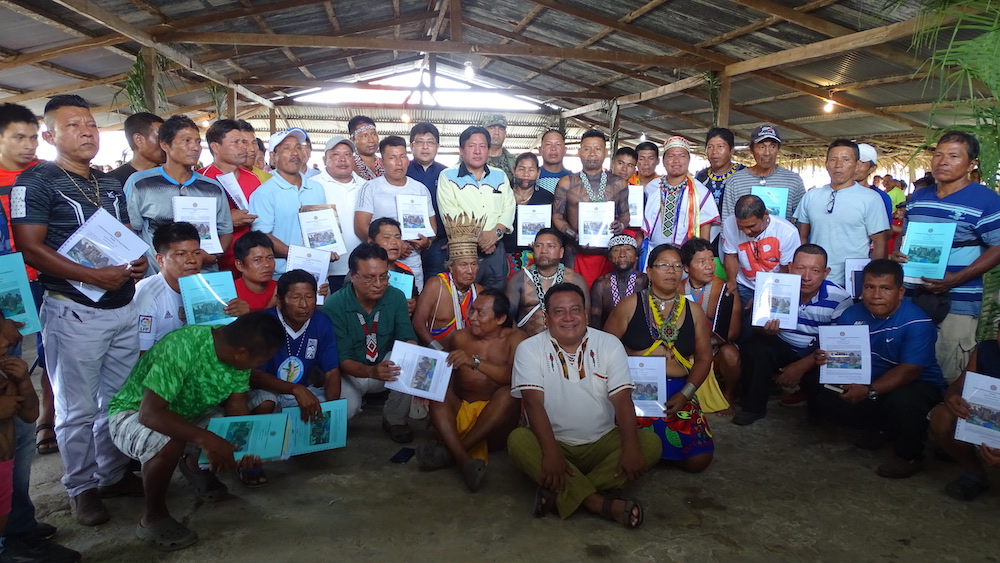
After years of negotiation, Panama’s Ministry of Environment passed a resolution allowing titling of indigenous lands in national protected areas.
Landmark Decision Paves Way for Land Rights in Panama

In November 2019, Panama’s Ministry of Environment passed a resolution allowing titling of indigenous lands that overlap protected areas.
The Defenders of Darién
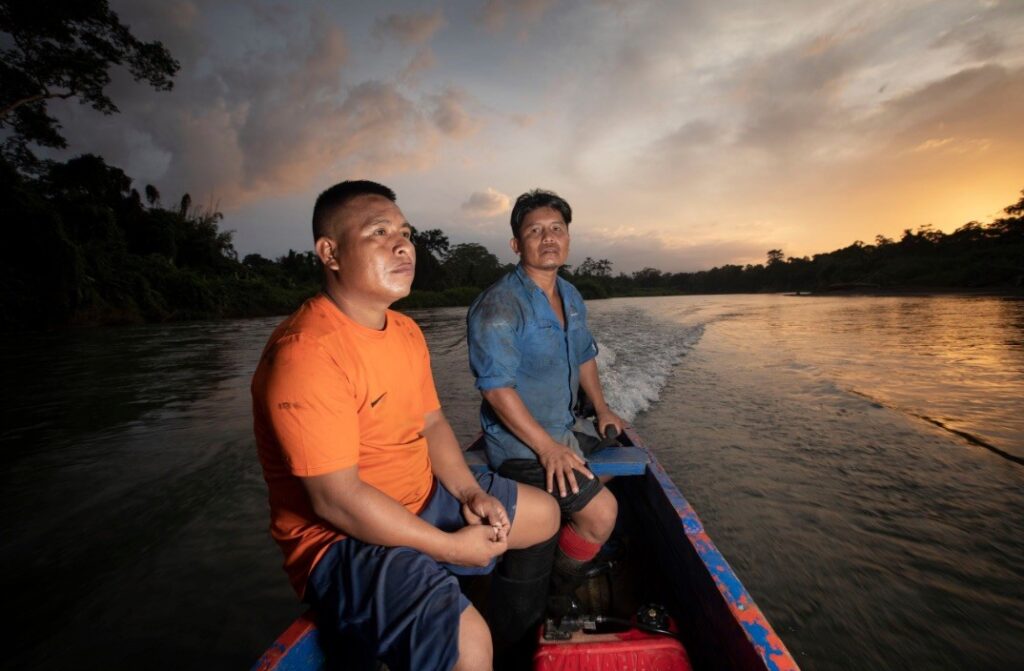
A spotlight on Rainforest Foundation US’s Carlos Doviaza, indigenouso Embera cartographer, and other defenders of Panama’s Darien rainforests
Naso Land Rights in the Balance
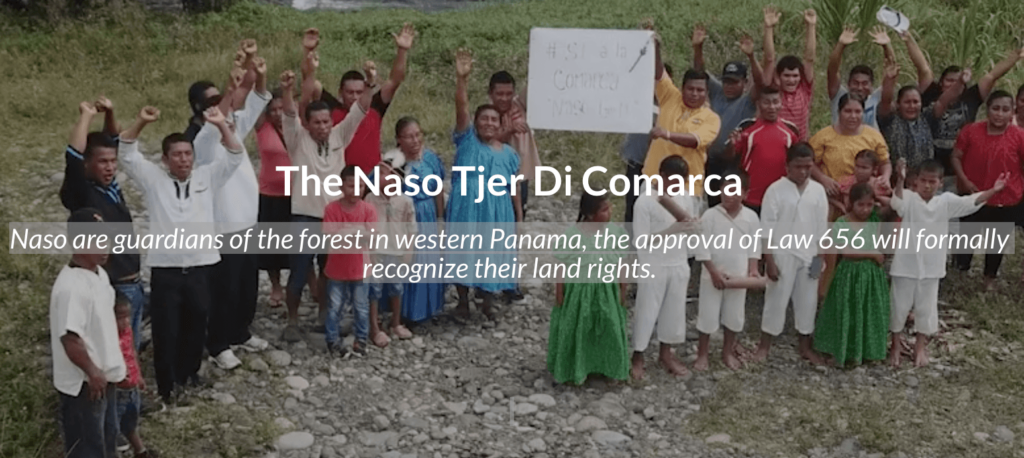
The Naso People of Panama have been fighting for legal recognition of their territory for more than 50 years. On February 20, 2019, the National Assembly of Panama officially recognized their lands. But will the President ratify the decision?
Scaling Up Indigenous Land Titling in Panama

The National Coordination of Indigenous Peoples of Panama (COONAPIP) has been engaged in a decades-long battle with Panama’s Ministry of the Environment to secure land rights for ancestral forests. Read about this fight, and the renewed push for recognition by COONAPIP.
Fortress Conservation Hurts Our Planet
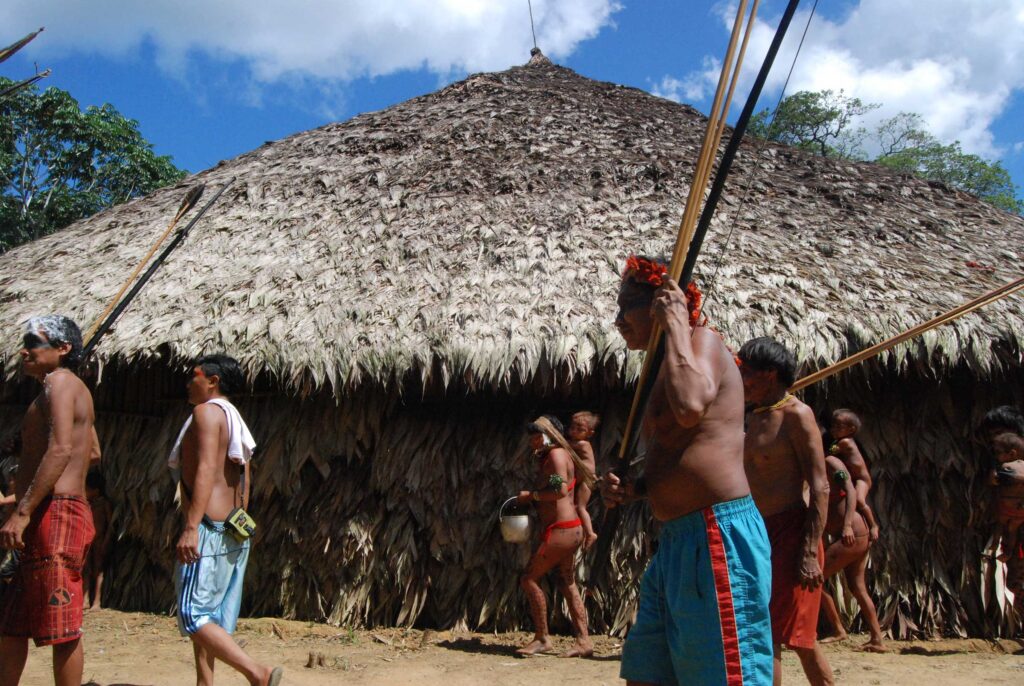
Fortress conservation is a standard method of protection for old-growth forests. This practice forbids any and all human interference with the land. Read how this idea, while good on paper, has troubling implications for indigenous populations.






